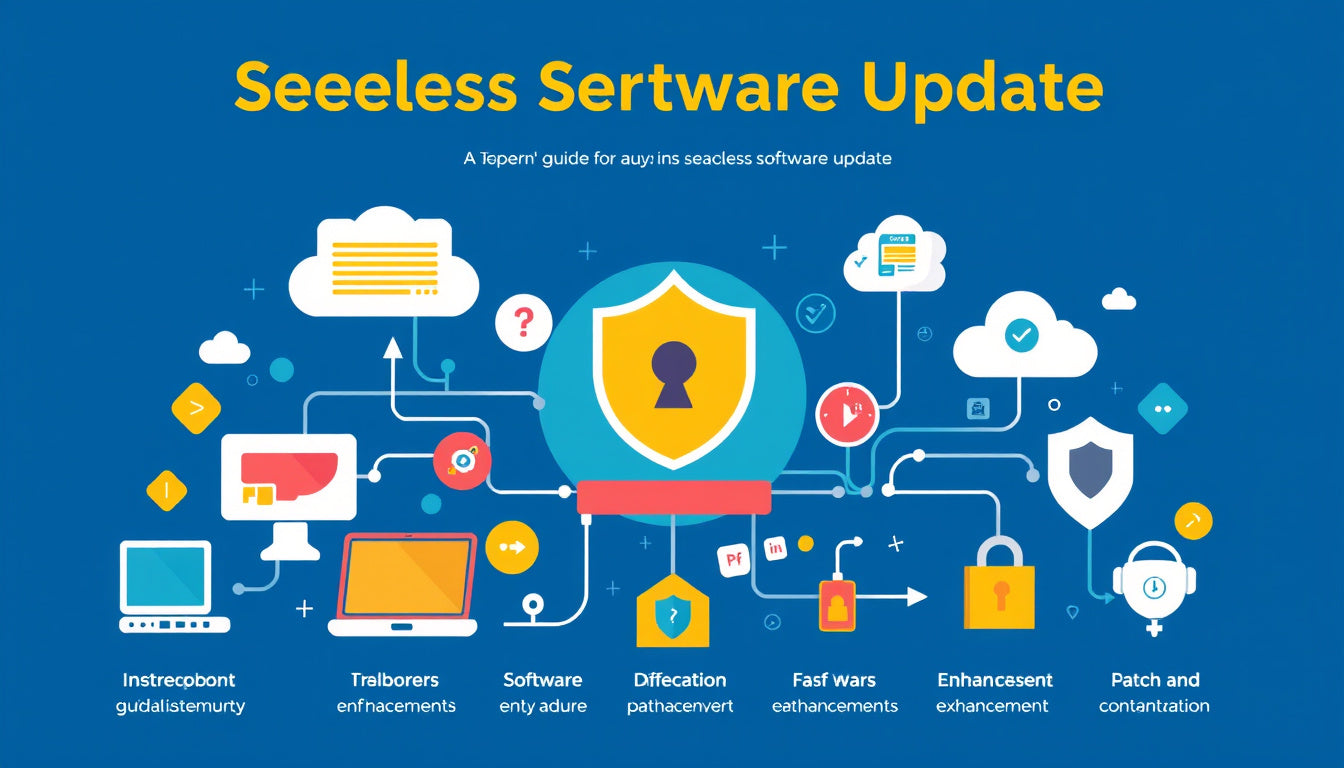In today's fast-paced digital landscape, ensuring that software and systems are up to date is paramount for security and operational efficiency. Patch deployment is a fundamental process that involves the distribution and installation of updates or patches to software applications and operating systems. This guide aims to provide a comprehensive overview of patch deployment, exploring its processes, benefits, practices, and potential challenges.

Understanding Patch Deployment
What is Patch Deployment? Patch deployment is a systematic process that helps organizations manage software vulnerabilities and enhance system performance by applying patches—small fixes or updates released by software vendors. These may include security updates, bug fixes, and performance enhancements, ensuring that systems are secured against vulnerabilities that may be exploited by malicious actors.
Types of Patch Deployments
-
Patch-Based Deployment: This method focuses on deploying specific patches identified as needed for particular systems. Administrators can assess the severity of vulnerabilities and decide which patches require immediate attention.
-
System-Based Deployment: Here, all missing patches applicable to a selected group of systems are deployed simultaneously. This approach ensures that every applicable system receives necessary updates, thereby minimizing security risks.
-
Scheduled Deployment: Administrators can trigger patch deployments at designated times, optimizing resource utilization and minimizing disruptions during peak hours.
-
Automated Deployment: This significantly reduces the manual effort involved in patch management. Automated systems can handle everything from identifying missing patches to deployment, which is essential for large organizations with numerous endpoints.
-
Full Deployment vs. Patch Deployment: Full deployment involves installing all required files and configurations from scratch, which is time-consuming and resource-heavy. In contrast, patch deployment only updates the files that have changed, making it quicker and less resource-intensive.
Key Steps in the Patch Deployment Process
-
Inventory Management: Maintain a comprehensive inventory of all systems, operating systems, and applications in use. This foundational step ensures that all components that require patching are accounted for.
-
Assessment of Patches: Regularly collect information on available patches and assess their relevance to your existing systems. Classification based on severity and relevance is crucial.
-
Testing Environment: Before deploying patches across the organization, test them within a controlled lab environment to mitigate the risk of unforeseen issues affecting production systems.
-
Review and Approval: Establish a protocol to review patch effectiveness and security before official deployment. This includes gathering feedback on test results and pre-approved criteria for patch rollout.
-
Trial Deployment: Conduct limited trial deployments to a subset of systems to validate the patch's efficacy and detect potential issues early.
-
Documentation: Keep thorough documentation of pre- and post-patch conditions to track any changes in system status and to facilitate rollback if necessary.
Best Practices for Effective Patch Management
-
Prioritize Security: Regularly apply patches that address vulnerabilities, especially those flagged as critical. Fast response times can significantly reduce the window for exploitation.
-
Automate Wherever Possible: Implement tools that automate the identification, testing, and deployment processes to minimize human error and save time.
-
Regularly Review Patch Inventory: Conduct routine checks to ensure that all systems are compliant with the latest patches and that no vulnerabilities slip through unnoticed.
-
Create a Robust Testing Protocol: Develop a procedure to test patches rigorously in a sandbox environment before deploying them organization-wide.
-
Educate and Train IT Staff: Continuous education for system administrators on best practices in patch management can optimize deployment and improve security awareness within the organization.
Challenges in Patch Deployment
While robust processes can simplify patch management, organizations may face hurdles:
-
Resource Allocation: Large-scale deployment requires significant resources; careful scheduling and planning are essential to avoid impacting productivity.
-
Varying System Configurations: Different configurations across an organization can complicate patch applicability, necessitating thorough assessments.
-
Testing Complications: Not all patches are tested adequately for all scenarios, which could lead to system instability if a patch causes conflicts in existing applications.
Conclusion
In the digital age, patch deployment plays a crucial role in maintaining the integrity, security, and performance of IT systems. By following a structured approach that includes thorough assessment, automation, testing, and robust documentation, organizations can significantly enhance their cybersecurity posture and minimize vulnerability risks. Mastering this process ensures that software updates and security enhancements occur seamlessly, contributing to overall business efficiency and risk mitigation. A proactive approach to patch management is not just a best practice—it's a necessity in safeguarding against increasingly sophisticated cyber threats.
Get started with your free Managed IT Services assessment today! Contact us at info@logicstechnology.com or by phone at (888) 769-1970.

